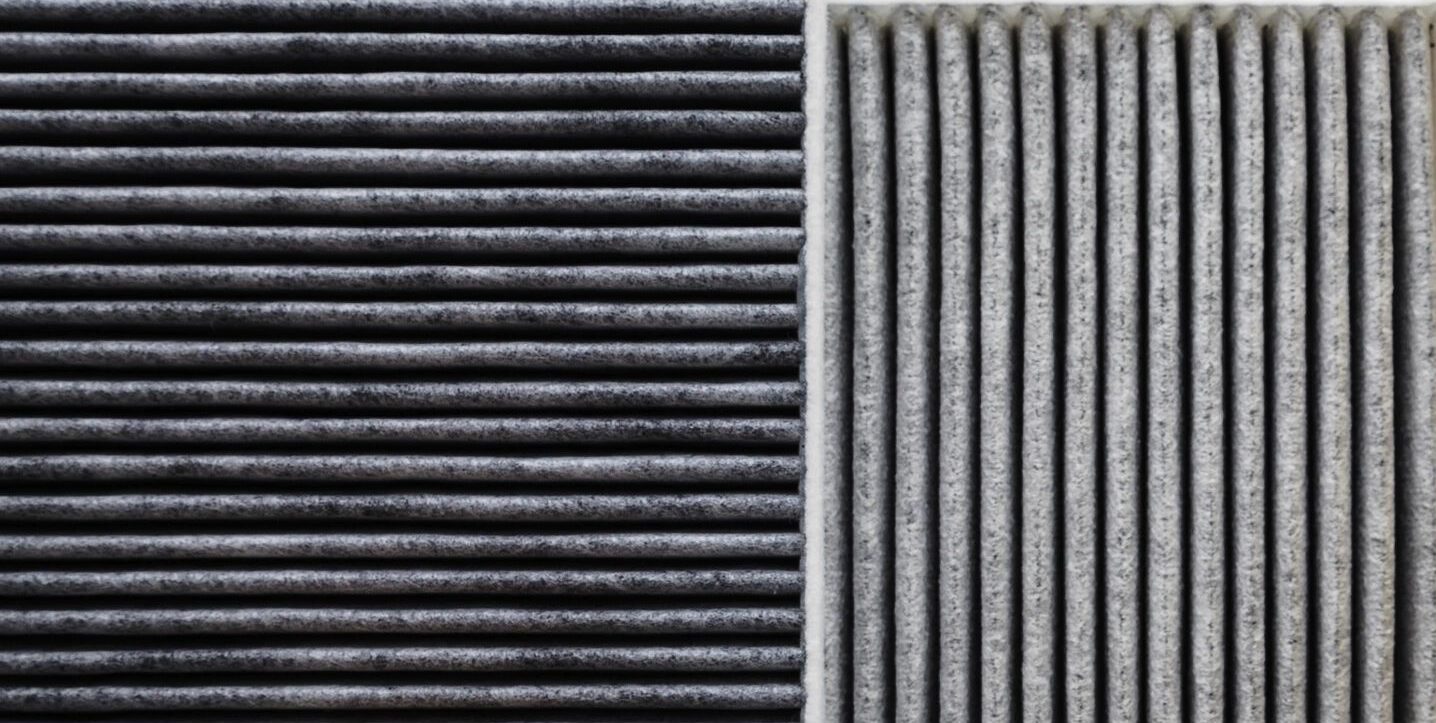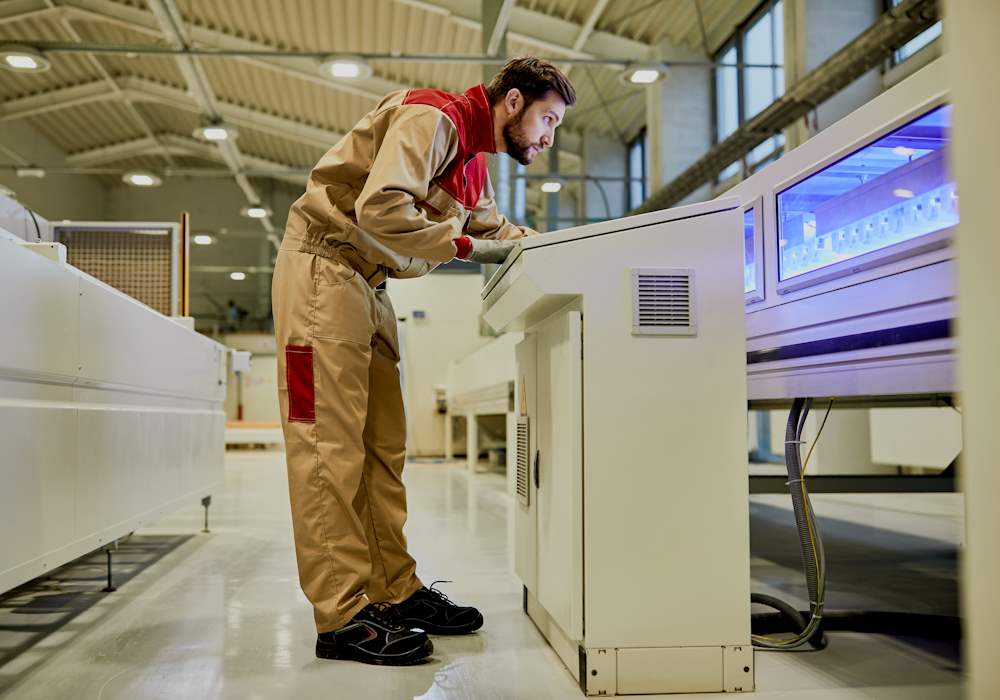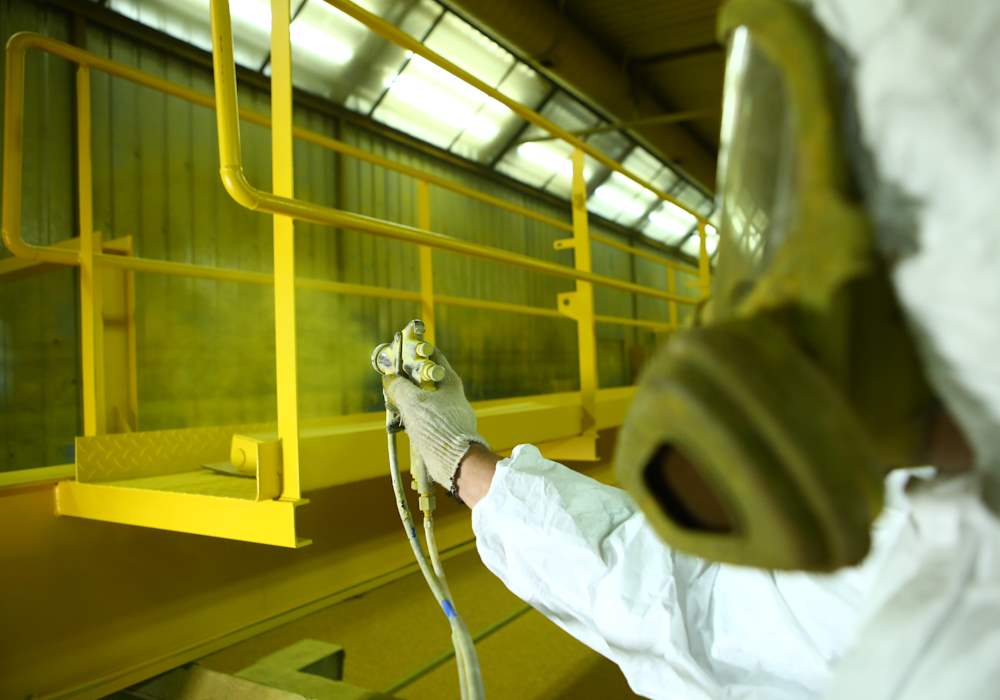It is critical that the area inside your booth, and the area surrounding your paint booth are as clean as possible. Below are some key elements that should be considered to keep your equipment worry-free.
Changing Filters
The primary function of Paint Booth filters is to efficiently maintain airflow in your booth. If the filters are not kept clean, or replaced in a timely manner, painting overspray will begin to build up and dust will start to accumulate. Typically, Paint Booth exhaust filters need to be changed every 100 operating hours or every three to four work weeks. All filters should be addressed including intake, exhaust and air heater filters.
Keeping Your Booth Dust Free
Over time, dust and debris builds up in your paint booth, substantially reducing its efficiency. One way to keep dust out of your spray booth is to make a habit of keeping the doors closed. When you do open the doors, make sure the booth is running so any contaminates are drawn into the exhaust filters. You should also regularly clean the floors and walls of your booth with a solvent solution or with non-sparking scrapers. You can also layer a booth coating over the interior of the dirty booth to remove debris.
Cleaning Equipment After Each Use
Paint guns, air hoses and other equipment inside the booth may start to accumulate overspray. To prevent this, you should use a spray-on paint booth coating. It is very easy to peel off and protects surrounding surfaces from over-spray and other contaminants. This coating can also be used on the walls and floors of the booth.
Keep Your Spray Booth Dry
Moisture buildup in the paint application process can damage equipment and cause subpar results. Humidifiers may need to be added to create the optimum spray and cure environment. In some situations, you may need to sub-cool the air with a chiller to condense the moisture out.
Inspections And Maintenance Schedule
Annual inspections are very important as they ensure your paint booth remains operational and fully compliant with safety codes.
You should have a detailed schedule of specific manufacturer guidelines that emphasize how often key components should be inspected, cleaned, or replaced. It is critical to have proper and regular maintenance completed by experienced technicians who can ensure key components are working optimally to prevent costly repairs and production backlog.



